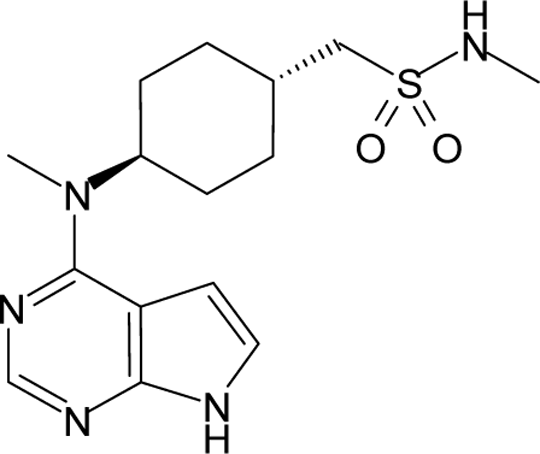Print version
Search Pub Med
The Role Of The JAK/STAT Pathway In A Lipopolysaccharide-induced Mouse Model Of Acute Respiratory Distress Syndrome Acute respiratory distress syndrome (ARDS) is a condition characterised by severe lung inflammation and oedema, leading to hypoxaemia and respiratory failure. Despite new ventilator and pharmacological treatment strategies, ARDS is still frequently associated with mortality and morbidity (Phua et al., 2009). An improved understanding of the pathogenesis of the syndrome may lead to novel targets for therapeutic intervention. The Janus Kinase/ Signal Transducers and Activators of Transcription (JAK/STAT) pathway plays a key role in the signalling of many cytokines and other mediators thought to be critical in orchestrating ARDS (Martin 1999, Severgnini et al., 2003). We have investigated the role of the JAK/STAT pathway in ARDS using a mouse model induced by lipopolysaccharide (LPS). Male C57BL/6 mice (18-20 g) were challenged with aerosolised saline or LPS (1 mg ml-1) for 30 minutes. Increased levels of phospho-STAT1, 3 and 5 and decreased expression of phospho-STAT4 was seen 6 hours later in the lungs of LPS challenged mice. No change in levels of phospho-STAT2 or 6 were observed. As expected, a JAK/STAT inhibitor (PF-03394197; Figure 1) dosed (50 mg kg-1 p.o.) 1 hour before and 4 hours after LPS challenge inhibited the LPS-induced activation of STAT1, 3 (Figure 2A) and 5. Furthermore, mice treated with the inhibitor displayed significantly reduced levels of LPS-induced inflammatory mediators (TNFα, KC, IL-6) (n = 8; Mann-Whitney statistical test = p<0.05) in their bronchoalveolar lavage fluid (BALF) compared to vehicle-treated controls. This was also associated with a significant decrease in the numbers of BALF neutrophils (Figure 2B; p<0.05). These results suggest that the JAK/STAT pathway is central to LPS-induced airway inflammation and could be a potential drug target for the treatment of ARDS.

Figure 1. Chemical structure of PF-03394197.

Figure 2. A] Western blot showing a JAK inhibitor inhibits LPS-induced STAT3 phosphorylation in mouse lung. B] Neutrophils in the BALF after saline/LPS challenge and vehicle/JAK inhibitor in mice. Data presented as mean ± S.E.M. N = 8; #p<0.05 vehicle/saline vs. vehicle/LPS, *p<0.05 vehicle/LPS vs. JAKi/LPS.
Martin (1999). Chest. 116:2S-8S. Phua et al. (2009). Am J Respir Crit Care Med. 179:220-7. Severgnini et al. (2003). Am J Physiol Lung Cell Mol Physiol. 286:L1282-92.
|
|

